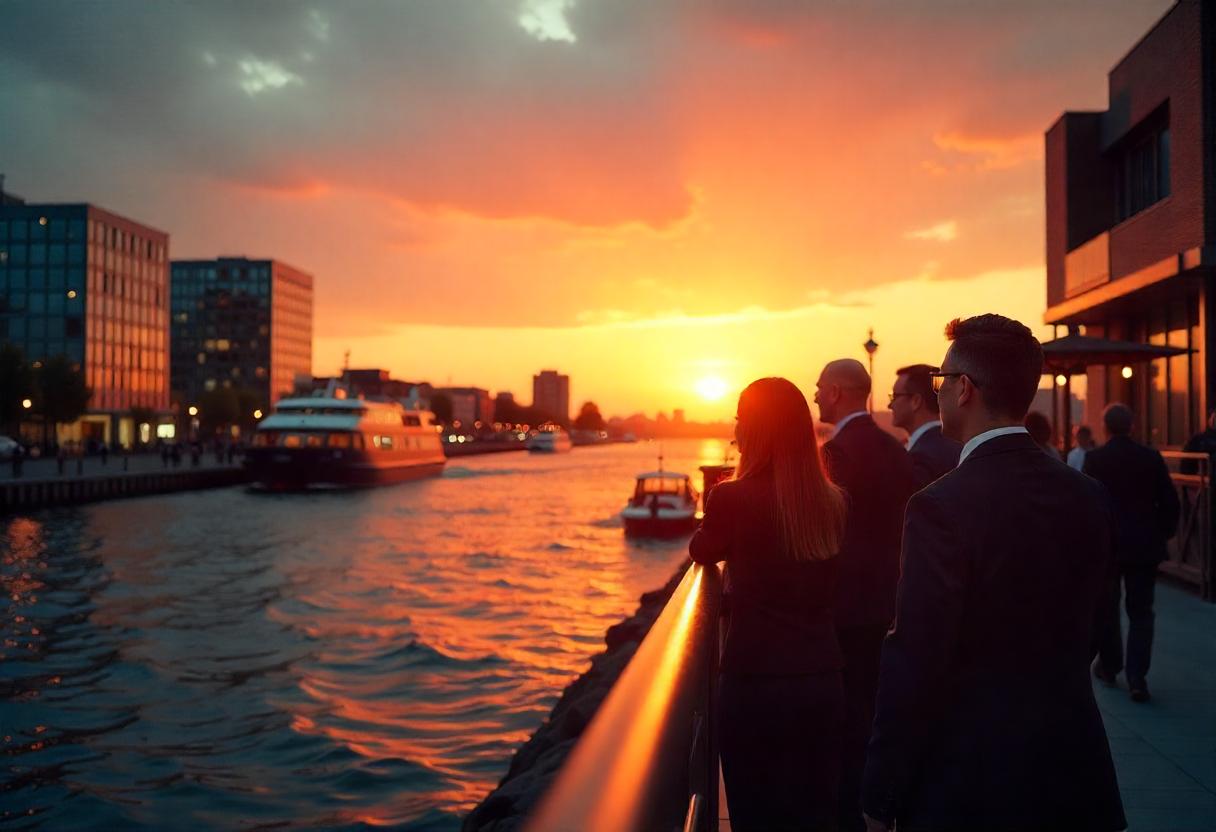play a critical role in the ecosystems, ensuring biodiversity, food security, and vibrant gardens. Whether you're planning a wildflower patch or seeking productive , knowing which hues appeal to can lead to smarter planting decisions.
Yellow petals of a coreopsis
Bumblebees don’t see the world the way people do. As a result, their petals often reflect UV light in patterns that act like glowing neon signs pointing the way to nectar.
Understanding this unique visual system can help gardeners select and arrange that are more enticing.
Luckily, there are simple but effective steps you can follow to optimize your flower choices for maximum visibility and attraction.
| Step | Action | Why It Helps |
|---|---|---|
| These traits create visible “nectar guides” that act like a landing target, increasing flower visitation. | ||
| Since red appears black to , these flowers are often ignored unless modified to reflect UV. | ||
| Combining both visible colors enhances contrast and supports diverse foraging habits of multiple . | ||
| Direct sunlight boosts UV reflectivity, making even more prominent for bee vision systems. |
Place yellow blooms in sunlit areas to maximize UV reflectivity; shade can reduce and make it difficult to navigate efficiently.
Recent scientific findings deepen the existing understanding of how interact with their environment.This discovery challenges long-held beliefs about pollinator behavior and emphasizes the importance of visual cues over reward.
The findings have clear implications for garden design. Fortunately, there are easy and effective to build a more attractive and supportive garden.
Too many red plants in pollinator gardens may reduce bee visits even if they offer abundant nectar.
Bee sitting on a flower covered in pollen
This evolutionary synergy explains the abundance of yellow blooms in nature and their effectiveness in attracting bumblebees.
Various plants are excellent choices for combining beauty, function, and ecological value.
| Plant | Bloom Time | Benefits |
|---|---|---|
| Mid-summer | UV-visible petals make them ideal for ; they're also drought-tolerant and long-lasting. | |
| Early summer–fall | Vibrant yellow blooms support a wide range of pollinator species, including bumblebees. | |
| Late spring | Spreads easily, offers clusters of bright blooms, and boosts ' biodiversity. |
Consider planting clusters of together, since mass groupings are easier for species to locate and forage efficiently.
Pollinator garden with path
With their evolutionary and sensory importance well understood, yellow blooms can now be used with intention in your landscape.
| Feature | Plant Types | Design Tip |
|---|---|---|
| Marigolds, calendula, goldenrod | ||
| Black-eyed Susan, coreopsis | ||
| Zinnia, dwarf sunflower |
Even well-meaning gardeners can unintentionally make choices that reduce the effectiveness of their pollinator-friendly designs. Avoid common errors to maximize the success of your yellow flowers and overall garden health.
Avoid synthetic mulches. Instead, use organic composts to improve soil and increase beneficial insect habitat alongside your yellow display.
To truly support bumblebee populations, your garden ideas must go beyond just planting flowers. Think in terms of full habitat; year-round food, water, and shelter. Fortunately, you can create a complete pollinator haven with just a few strategic additions.
| Element | Importance | Suggestions |
|---|---|---|
| Food | Constant flower supply | A variety of blooms with different shapes and bloom times ensures year-round nectar and pollen. It includes yellow flowers and species that attract bumblebees. |
| Water | Hydration, mud-making | Provide shallow dishes that are 1 to 2 inches deep, with stones for bees to land on safely and sip water without drowning. |
| Shelter | Nesting, hibernation | Leave areas of bare soil, dead wood, or install bee hotels to provide nesting and hibernation spots. |
Make sure your garden serves pollinating species across all seasons by providing food and shelter:
Removing “weeds” may accidentally eliminate critical garden flowers that feed early spring pollinator insects; weed carefully and selectively.
The preference for yellow flowers is no accident. It's rooted in co-evolution, biology, and environmental interaction. By understanding how bees perceive the world and reflecting that in your garden ideas, you’re not just planting; you’re restoring.
A garden that welcomes pollinators is one that supports life, food systems, and biodiversity. It’s a chance to turn your personal space into a refuge for species like the bumblebee, a symbol of balance between nature and design.













